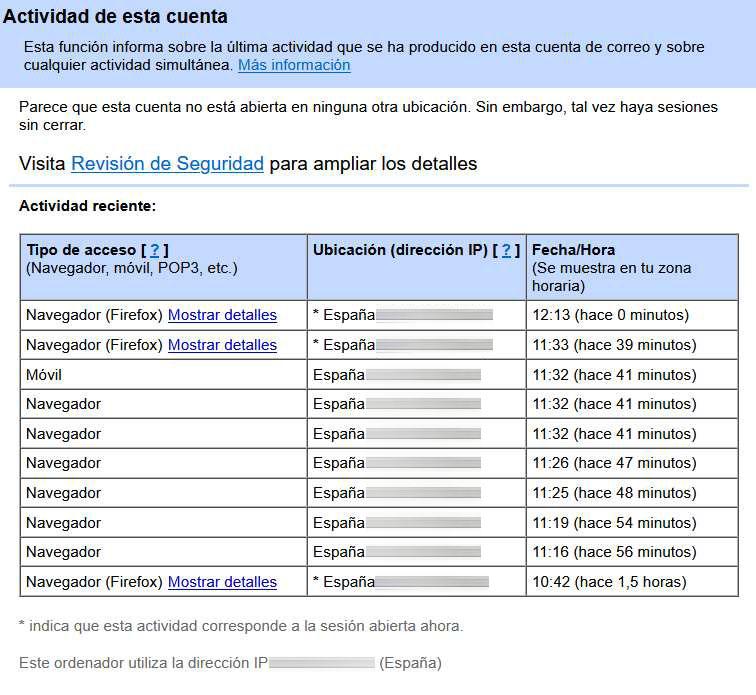
The best option to have Wi-Fi wireless coverage throughout the house is buy a Wi-Fi mesh system with several nodes that connect to each other to provide us with the best possible user experience. Today there are packs of Wi-Fi Mesh systems that have two and even three nodes, depending on how your home is and the number of devices you are going to connect, you will have to buy equipment with two, three and even more nodes. Today at RedesZone we are going to guide you on how many nodes your Mesh system should have to cover the entire house and not have problems.
How many nodes can I connect to WiFi Mesh?
The main manufacturers such as ASUS, AVM, D-Link and even NETGEAR have very complete WiFi Mesh systems that will allow us to connect many wireless nodes to the Mesh network, although the most normal thing is to connect a total of three nodes (router and two wireless nodes). extenders), it is possible to connect more nodes without any problem, although you should know that no matter how many nodes you add, the network will work better for you, we must take into account many variables. For example, with ASUS we have tried to connect up to a total of six nodes, a fairly high number and with which we can cover the vast majority of houses.
You should know that when we connect many nodes to the Mesh network, it is very important that you configure them with the minimum number of “hops” possible, that is, that most nodes connect to the central node (main router), and that they do not cascade, because with each cascade “hop” we’re going to lose half the bandwidth, so we’ll have very good coverage but very little actual speed because of this.
How many nodes to put depending on the house
Depending on how your house is, both in square meters of each floor, as well as the shape of the floor or if we have several floors, you will have to put several nodes distributed throughout the house in order to provide homogeneous coverage. Next, we make some general recommendations of how many nodes you should put and where to locate them, although logically each house is a world, and you should think about your specific situation:
- House with a single floor: In this scenario we have a house with a single floor, depending on the square meters and the shape of the house, we will have to place different Mesh nodes.
- If our floor is less than 80 square meters: with a main router it should work, however, if the house is quite rectangular and the coverage does not reach very well, you can add an additional node to improve the coverage and make it homogeneous.
- If our apartment measures more than 80 square meters up to 140 square meters: in this case you will need to place two nodes, whether it is a square or rectangular house, you will have to place them strategically to have the best coverage. In some cases it would be advisable to place a third node to reinforce the coverage in some points where two nodes are not enough.
- If our apartment measures more than 140 square meters: in this case you will necessarily need three nodes, you must place them strategically to provide homogeneous coverage.
- House with two or more floors: in this scenario we have a house with several floors, either two floors (duplexes) or more, as occurs in chalets. Depending on the shape of each floor and its size, we will have to place a greater number of Mesh nodes or less.
- Recommendation per floor: It is recommended to place a Mesh node for each one of the floors, to have total coverage in each one of them. Then, depending on the size and shape of the floors, we have to resort to the previous recommendations with a single floor.
For example, let’s imagine that we have a villa with 3 floors and each of them has about 65 square meters. In this case we need to have a total of three nodes, the main router on the ground floor and then a Mesh node on each of the floors of the house. Another example could be a villa with 2 floors and each one of them has 150 square meters, in this case you will surely need a total of 6 Mesh nodes, three for the lower floor and another three for the upper floor.
Each house is a world, so here we can only give you general recommendations, but to decide how many nodes you need, it is necessary to make measurements in the house itself and size the network appropriately. We must remember that the more Mesh nodes, the better the speed we will have, in fact, it could be even lower.





